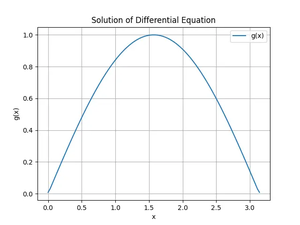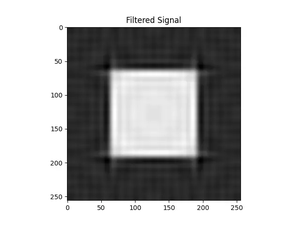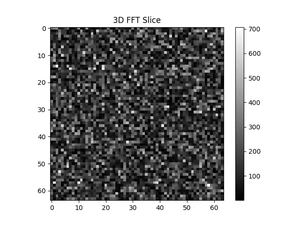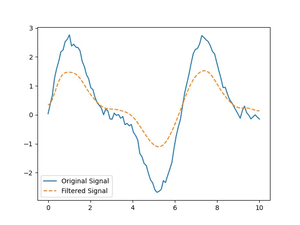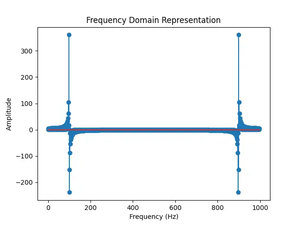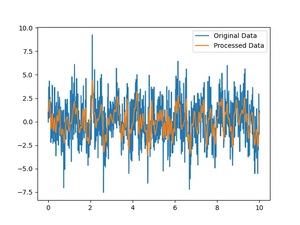SciPy fft.dst() function (4 examples)
Updated: Mar 07, 2024
In this tutorial, we’ll dive deep into understanding the Discrete Sine Transform (DST) function available in the SciPy library, specifically fft.dst(). DST is an essential tool in signal processing, often used for separating......
SciPy – Working with fft.dctn() function (4 examples)
Updated: Mar 07, 2024
The Discrete Cosine Transform (DCT) is a powerful tool in the realm of signal processing and image compression, found at the heart of standards like JPEG. SciPy, a leading library in scientific computing with Python, provides a......
SciPy: Using fft.dct() function (5 examples)
Updated: Mar 07, 2024
The Discrete Cosine Transform (DCT) is a key component in signal processing, particularly in data compression, where it’s famed for its use in encoding JPEG images. Python’s SciPy library, with its fft module, offers an......
SciPy: Working with fft.hfftn() function (4 examples)
Updated: Mar 07, 2024
The fft.hfftn() function in SciPy is a powerful tool for performing N-dimensional half-complex Fast Fourier Transforms (FFTs) on arrays, which can be particularly useful in signal processing, image analysis, and similar fields where......
SciPy: Using fft.hfft2() function (4 examples)
Updated: Mar 07, 2024
The SciPy library, a cornerstone of scientific computing in Python, offers a multitude of functions for fast Fourier Transformations (FFT), which are essential in fields like signal processing, image analysis, and more. Among these......
SciPy: Using fft.ihfft() function (4 examples)
Updated: Mar 07, 2024
Introduction Fourier Transform is a mathematical technique used in signal processing, image processing, and many other fields, for decomposing functions into frequencies. The SciPy library, particularly its fft module, provides......
Understanding fft.hfft() function in SciPy
Updated: Mar 07, 2024
Introduction The SciPy library is a cornerstone of scientific computation in Python, offering a wide array of functionalities for mathematical operations, including FFT. The hfft() function specifically handles the computation of the......
SciPy: Using fft.irfftn() function (4 examples)
Updated: Mar 07, 2024
In the realm of signal processing and data analysis, the Fourier Transform is a fundamental tool for understanding the frequency components of a signal. SciPy, a Python library for scientific computing, provides a comprehensive toolkit......
SciPy: Working with fft.rfftn() function (4 examples)
Updated: Mar 07, 2024
The rfftn function in SciPy’s fft module is an indispensable tool for working with Fourier Transforms, especially when dealing with multi-dimensional data. This tutorial will guide you through the basics of using the rfftn()......
SciPy: Understanding fft.irfft2() Function (3 Examples)
Updated: Mar 07, 2024
Introduction The fft.irfft2() function in SciPy is an invaluable tool for digital signal processing, particularly in dealing with Fourier transforms. This guide demystifies its workings with practical examples. Understanding......
SciPy: Using fft.rfft2() function (4 examples)
Updated: Mar 07, 2024
In the realm of numerical computing with Python, SciPy stands as a cornerstone library, offering a plethora of functionalities for mathematics, science, and engineering domains. Among its numerous capabilities, the Fourier transform,......
SciPy: Understanding fft.irfft() function (3 examples)
Updated: Mar 07, 2024
An introduction to the inverse Fast Fourier Transform (FFT) could be the key to unlocking powerful data transformations for your scientific or engineering projects. Through the fft.irfft() function in SciPy, one can efficiently compute......
